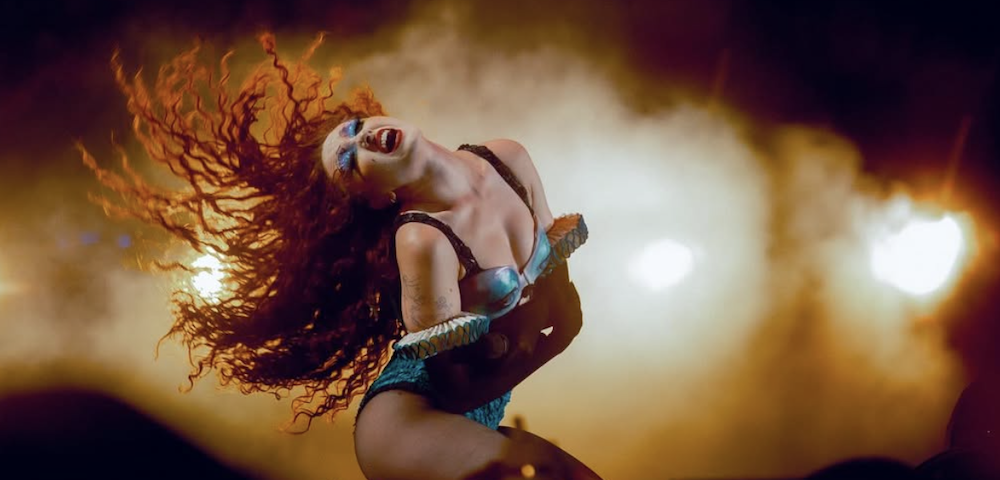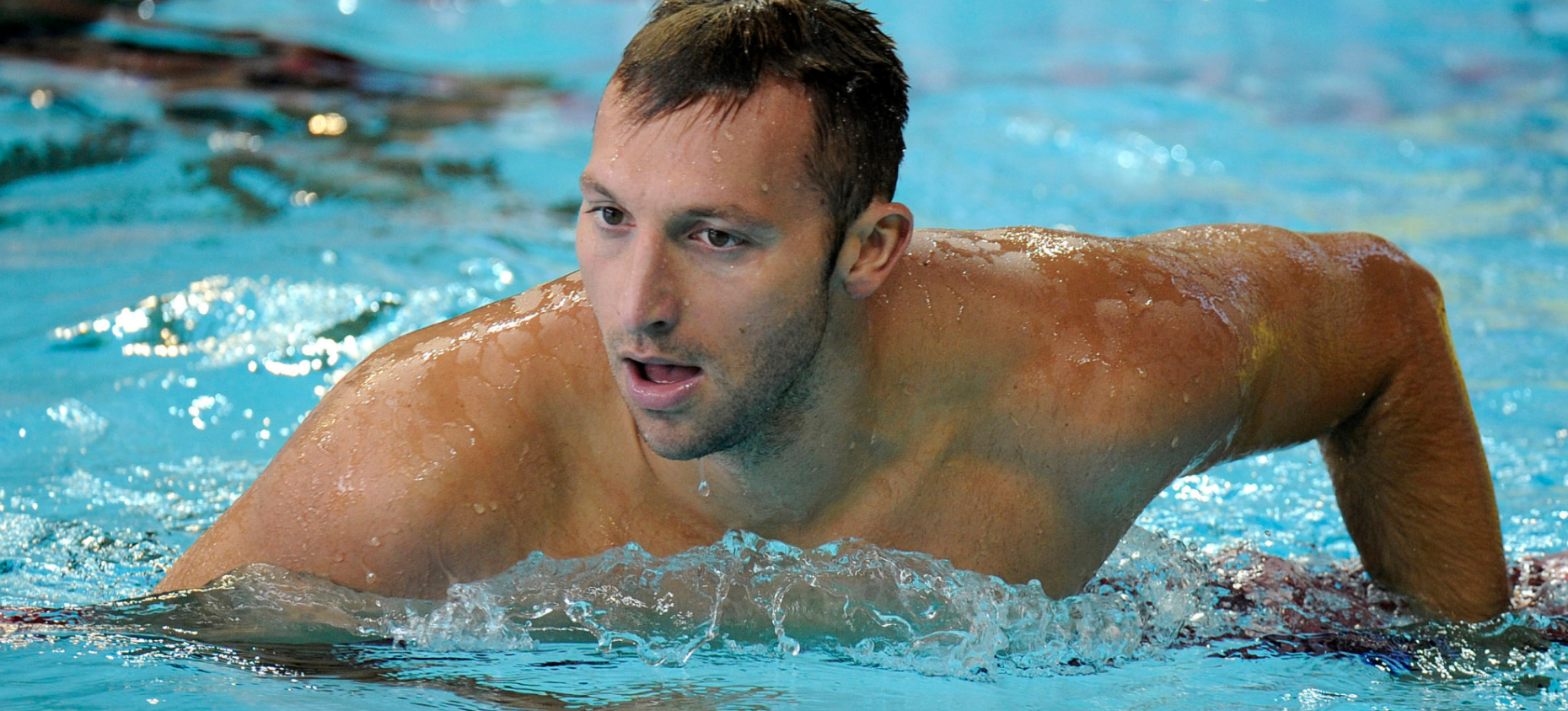
‘You cop a lot of crap from other teams on the field’: trans and intersex athletes in Australia
Sport teams for men and women just don’t cut it anymore. Jesse Jones spoke to athletes and experts about how we can do better by trans and intersex athletes.
***
Not too many guys would be keen to play football on a women’s team, but for Carter O’Regan, it’s exactly what makes him happy.
The 23-year-old was assigned female at birth and started gender transition five years ago. After getting into football at an early age, he currently plays in the women’s league at Kew Football Club in Melbourne.
While he isn’t on hormone therapy, he has undergone social transition, adopting a male name and pronouns, and recently had masculinising chest surgery.
“I’m a lot more confident and feel more at home [since surgery],” he says. “It’s the best.”
O’Regan’s own team has accepted him, but others haven’t been so understanding.
“At the footy club, the girls are really accepting and understanding,” he says.
“They just treat me like one of the guys.
“It’s more on the field against other teams that you can cop a lot of crap.
“There’s been a lot of sledging and things like that. Nearly every game sometimes, but it’s something that I’ve learned to deal with.”
Players from other teams often question why O’Regan isn’t playing in the men’s league, or use transphobic slurs against him. He says he’s learned to “block it out”.
“Sometimes people just don’t understand and are a bit ignorant,” he says.
“They just need more people to talk about it and get it out there, or they just don’t know.”
Playing on the men’s team is not on O’Regan’s agenda at this stage, though he sometimes trains with them.
“They all know [I’m trans] as well, and they’re very accepting. I don’t get treated any different,” he says.
He jokes that as a small man who’s not on testosterone, he’d “probably get smashed a bit playing with the guys”.
O’Regan believes that if he were to join the men’s team in the future, there may be issues around regulations and safety as a result of there being no policies in place.
“But that’s for the league to figure out,” he says.
“I think there will come a time where there’s set policy or rules, because at the moment I don’t think they really do [have any]. They haven’t come across it that much yet, but down the track they’ll have more trans people playing.”
O’Regan has seen change already in the last few years, but says more needs to happen.
He mentions trans woman Hannah Mouncey, who was last year barred from playing in the women’s AFL.
“People need to stop assuming what it’s like,” O’Regan says.
“I’ve seen so many posts on social media that are really just ignorant.
“They need to be more educated. Ignorance needs to stop and education needs to start.”
Bowie Stover from LGBTI sports charity Proud 2 Play is one of the people advocating for better inclusion of sex and gender diverse people in sport.
They see young trans and gender diverse people wanting to play sports ranging from cricket to roller derby and everything in between.
Stover says that because many sports are gendered, trans people can often find it distressing to be forced into the wrong team based on their birth sex.
“It’s pretty tough,” they say, noting that the recent women’s AFL controversy has shown the league to be “inflexible”.
Stover, who is also a fitness trainer specialising in working with gender diverse people, believes that inclusion in sport is changing for the better.
“The number of young people now coming out as gender diverse or trans is on the increase,” they say.
“I think because of that visibility, there’s no choice… sporting organisations can’t ignore the fact that this is how society is moving forward.”
They say that sports from community clubs through to the elite level will have to update their policies and practices to accommodate gender diversity, perhaps including the option of mixed-gender teams to allow non-binary people to participate without being forced to choose an inappropriately gendered side.
“Changes from the top will lead by example to smaller community clubs,” they predict.
“The sooner the higher-level sporting organisations can start to understand these changes, the better off and the faster it will happen for everyone else.”
Stover says being able to choose to play sport is especially important for gender diverse people, who can have complicated relationships with their own bodies.
“At Proud 2 Play we work to try and open up opportunities through many different sports,” they say.
“A lot needs to happen before any whole sport will take that shift.”
Often associated with discussion of trans inclusion in sport are the issues surrounding intersex athletes, despite most people having no idea what intersex even means.
Intersex people have bodies, chromosomes, or hormones that are not fully stereotypically male or female—which is about as common as red hair. Many are subjected early in life to unnecessary so-called ‘normalising’ surgeries.
Intersex variations have come somewhat into public consciousness lately in response to the common cry of ‘only two sexes’ that has followed increased awareness of gender diversity.
Morgan Carpenter from Intersex Human Rights Australia emphasises that trans and intersex issues, though often conflated, are totally different. He says there is something of a “moral panic” about people with intersex variations in sport.
“Like many moral panics, this is based on a mythology of what intersex people are,” he says.
“In practice, so few people could actually identify an intersex person that we largely go unnoticed.”
Carpenter believes most sporting organisations don’t understand who intersex people are, or their diversity—though he does give particular kudos to Sydney’s Flying Bats women’s soccer club, who he says have “always been open to women with all kinds of backgrounds”.
While some intersex people may be uncomfortable in shared spaces like changing rooms, especially if they struggle with surgical scars or other image issues, Carpenter says most face no problems with participating in sport.
When controversy does arise over intersex athletes, he notes it is primarily in relation to intersex women, and typically women of colour.
International guidelines dictate whether women with intersex variations can compete in women’s sports. South African runner Caster Semenya is perhaps as well known for being subjected to ‘gender testing’ at the behest of the International Association of Athletics Federations (IAAF) as she is for her Olympic achievements.
“Current international guidelines primarily affect black and brown women from resource poor-regions who have escaped [surgical] violations,” Carpenter says.
“There is no published scientific evidence in support of those guidelines.”
Despite the IAAF guidelines being clearly aimed at intersex women with “higher than typical levels of usable testosterone”, Carpenter says they are written so broadly as to implicate all intersex people.
“The new IAAF guidelines, like many other guidelines before them, attempt to police women’s bodies, and say that some women assigned female at birth may not compete as women,” he says.
Carpenter says that the treatment of intersex people in sports, particularly women, can constitute discrimination and personal violation.
“Subjecting intersex women to unnecessary questioning and examinations into their surgical histories, and casting doubt on their birth sex assignment, is a human rights violation,” he says.
“Current federal anti-discrimination facilitates the exclusion of intersex women, but actual exclusion of individuals would need to be supported by sound evidence, or it should be challenged.”
Carpenter says that anyone who has experienced exclusion from sport, or other discriminatory treatment, due to their intersex status can contact Intersex Human Rights Australia for support.










I’d like to know why the Olympic governing body has banned intersex female athletes, such as Caster Semova but not male to female trans athletes.